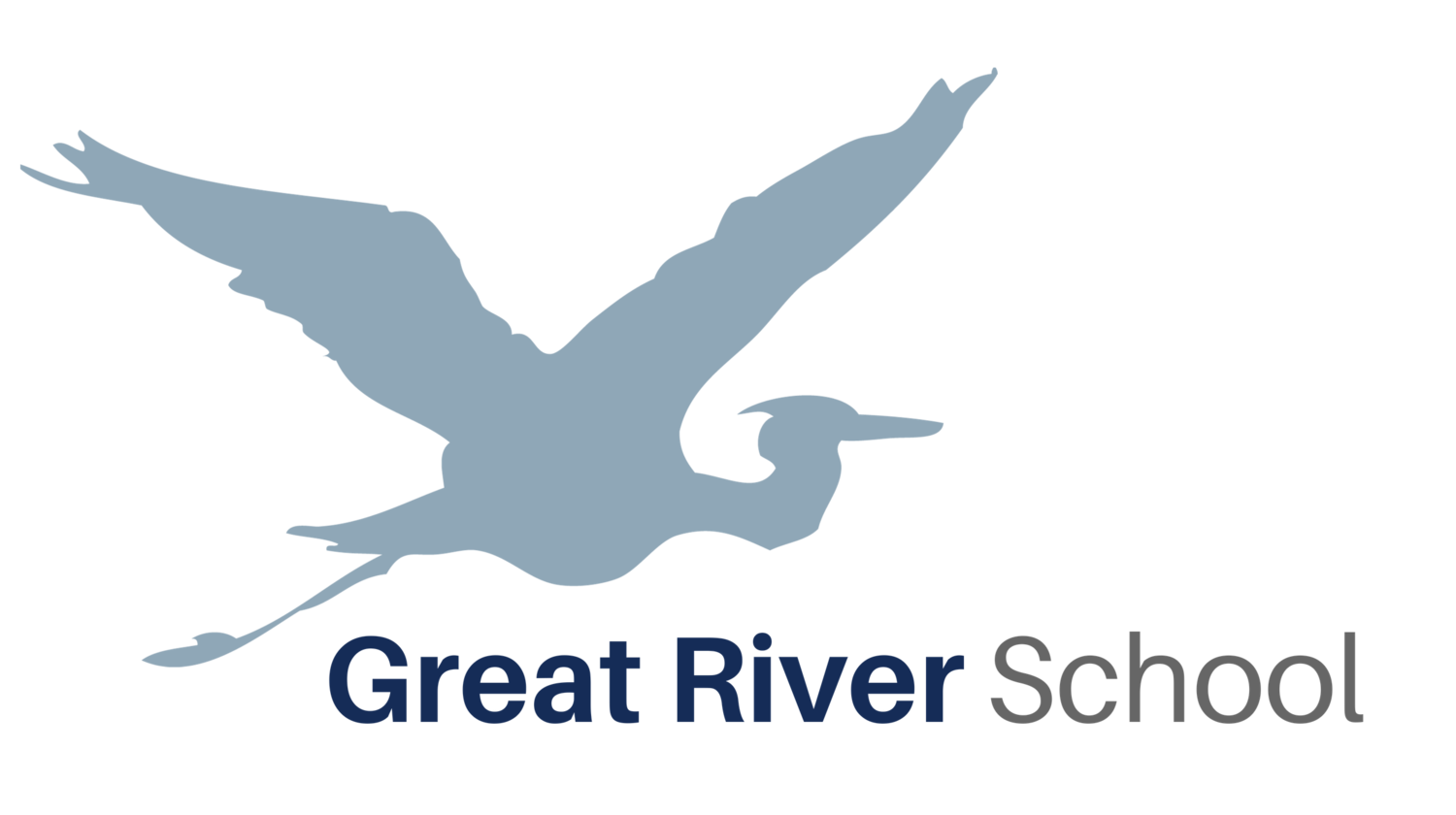written by Sonja Olson, Minnesota River guide
"Let us give the children a vision of the universe…an imposing reality and the answer to all questions."
~ Dr. Maria Montessori in “To Educate the Human Potential”
“When we try to pick out anything by itself, we find it hitched to everything else in the Universe.” John Muir
Cosmic Education is the foundation of Montessori pedagogy. It shows the child how all things in the universe are interconnected and have purpose. Cosmic education goes beyond memorizing math facts or knowing the difference between a noun and a verb. Children will definitely learn those things, but as they do so they will also develop into a whole individual who is aware of their place within the universe. It may sound lofty, because it is and it happens everyday in the classroom!
Cosmic education begins immediately. Dr. Montessori believed teaching Cosmic Education was vital even when working with the very young. It informs how the adult interacts with the child, and how the child interacts with the world. From birth to age 6, children build an understanding of their environment through nature and sensorial experiences. They refine their senses and gain confidence in themselves and their immediate community. They absorb everything.
In elementary, children begin to reason. Their world becomes larger and expands beyond the home. Children begin to see repeating cycles in nature, shared fundamental needs of all humans throughout time, and how everything has a cosmic task that serves the health of the whole. These ideas are shared through stories, or what is referred to as the five Great Lessons which include:
The Creation of the Universe
The Coming of Life
The Story of Human Beings
The Story of Communication
The Story of Numbers
The Great Lessons form the overarching framework of the Montessori curriculum. Just as everything particle, species, and event is interconnected, so are subjects of history, science, math, language, geometry and biology. A beautiful illustration of this is an interaction I had with a student a few years ago. The student, a first year at the time, had brought in a black feather and wanted to donate it to the classroom as a specimen to study. I thanked them and asked them on which shelf should they place the feather. They began to walk around the room and reason out loud. It could go on the zoology shelf for obvious reasons, but it also could go on the botany shelf because birds spread seeds. It could also go on the language shelf because feathers were used to make quills. In the end they decided to place it on the history shelf because humans have used feathers for many things like arrows, but it also shows evolution because the dinosaurs probably had feathers. The feather still lives on the history shelf.
The influence of Cosmic Education continues through adolescence and adulthood. Students are aware of prior civilizations and are grateful for the contributions of others. They become more socially aware, independent, and active as a citizen of the human race. Understanding the depth of the interconnectedness of all things, students advocate for social justice and the environment on a local and global scale.
Cosmic education is providing students with a key to open the universe and by doing so gives them the tools to discover their cosmic task within it.
No matter what we touch, an atom, or a cell, we cannot explain it without knowledge of the wide universe…A greater curiosity arises, which can never be satiated; so will last through a lifetime. The laws governing the universe can be made interesting and wonderful to the child…and he begins to ask: What am I? What is the task of man in this wonderful universe? Do we merely live here for ourselves, or is there something more for us to do?
Dr. Maria Montessori, To Educate the Human Potential, 1947

